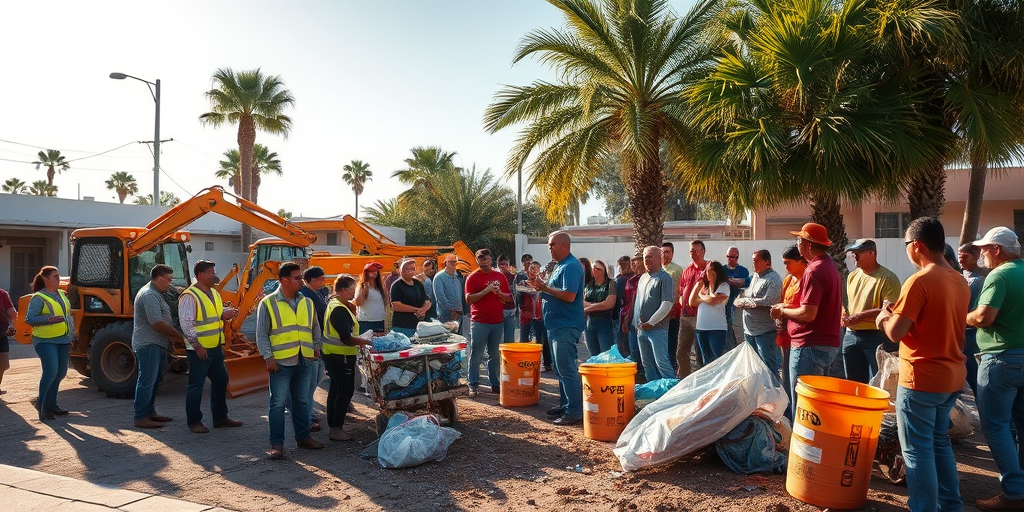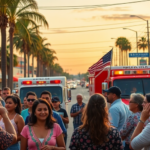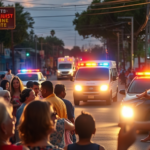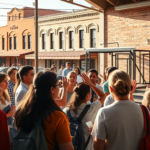Brownsville Animal Shelter Urges Community for Foster Care Amid Overcrowding
In a fervent appeal to the community, the Brownsville Animal Regulation and Care Center (BARCC) has highlighted the urgent need for adoptions and foster homes as the facility grapples with overcrowding. The animal shelter, which is located at full capacity with nearly 200 animals, is seeking help from Valley residents to provide temporary homes for these pets.
Daily Strain on Resources
Located in the heart of the Rio Grande Valley, the BARCC faces daunting challenges. With an influx of 10 to 15 new animals daily and approximately 200 pending animal control calls, the strain on resources is considerable. Antonio Caldwell, the BARCC Director, expressed the shelter’s plight: “We are consistently receiving animals who need care and shelter. Fostering not only helps these animals but also alleviates some pressure on our team as we strive to respond to all calls.”
The shelter is also offering low-cost spay and neuter services, an initiative aimed at curbing the growing stray animal population in Brownsville and neighboring areas. These services are vital in controlling the pet population, reducing future overcrowding issues.
Local Impact and Community Engagement
Animal shelters play a crucial role in the ecosystem of a community by managing stray populations and providing sanctuary for abandoned pets. The overcrowding at BARCC impacts the RGV at large—not just from a logistical standpoint but from a communal empathy perspective. With Valley residents traditionally showcasing a strong commitment to community-oriented solutions, there’s hope that local citizens will step forward to support the shelter.
“Adopting or fostering a pet can be an incredibly rewarding experience,” said longtime Brownsville resident Maria Gomez. “These animals, many of whom have endured difficult circumstances, deserve a chance at a good life. By opening our homes, we enhance our own lives with joy and companionship.”
Challenges Amid Prevailing Issues
The current situation at BARCC underscores a broader issue seen across many parts of South Texas: rising stray populations. This problem can often be exacerbated by limited public awareness and education about responsible pet ownership. The shelter encourages Valley residents to be part of the solution by taking advantage of the low-cost spay and neuter services, ensuring fewer animals end up without permanent homes.
The shelter is actively working to educate the community, spreading awareness about the long-term benefits of spaying and neutering pets. They are also collaborating with local schools and organizations to present educational programs focused on responsible pet ownership.
A Broader Context in the RGV
The challenges facing BARCC aren’t isolated. Similar situations are reported by shelters and rescue operations in neighboring cities such as Mission and Harlingen, exacerbated by issues such as inadequate funding and public support. Recent incidents, including a dangerous rollover car crash in Mission, also draw attention to community safety and resource allocation priorities within the Valley.
Efforts like those of the Harlingen community, which rallied together for their first cleanup event, demonstrate a local culture of grassroots initiatives. These examples may encourage others, including animal welfare advocates, to unite and support BARCC by fostering, adopting, or volunteering.
Future Implications and Solutions
The future of animal welfare in Brownsville relies on multifaceted collaboration. The community’s response to BARCC’s appeal may forge pathways toward more sustainable solutions in dealing with stray populations. As Caldwell aptly noted, “This is our shared responsibility, and we hope everyone can pitch in, in whichever way they can.”
For those interested in adopting, fostering, or obtaining spay and neuter services, information is available through the city’s official website. Valley residents willing to explore these options can help reshape the future of animal welfare in the RGV—ensuring better outcomes for both the pets and the community.
Looking ahead, there is hope that continued efforts combined with community involvement will lead to meaningful advancements in alleviating animal suffering and fostering communal bonds in South Texas.
For more information on how to adopt or foster at BARCC, visit the Brownsville city website [here](https://www.brownsvilletx.gov/2186/Adopt-a-Pet).
For low-cost spay and neuter services, visit [here](https://www.brownsvilletx.gov/2483/Lets-Fix-Brownsville-Now-Spay-and-Neuter).







